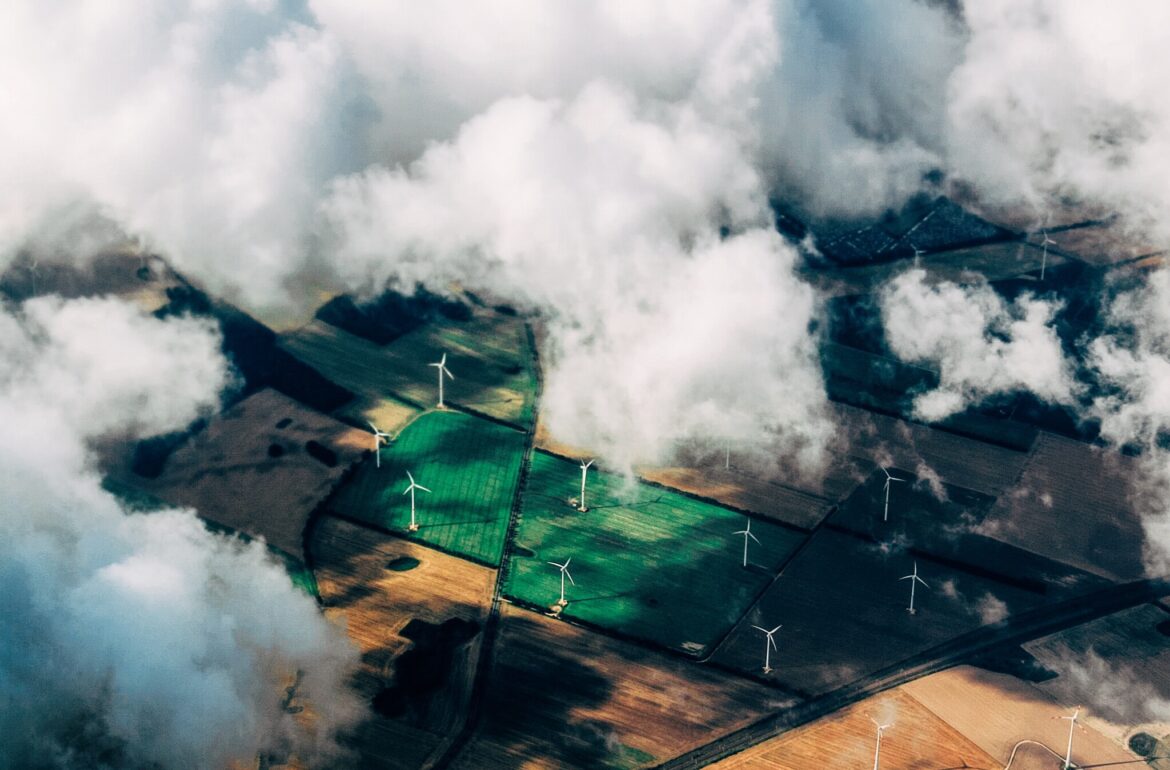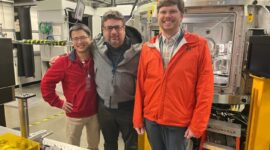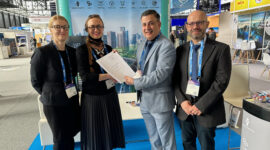Janar Kalder, a doctoral student at the Estonian University of Life Sciences, defended his Doctor of Philosophy thesis “Solar and Wind Energy Seasonal Heat Storage Systems for Residential Buildings in Nordic Climate”. The thesis looked at possibilities of increasing on-site usage of renewable energy produced from the wind and the sun.
The doctoral thesis is based on four research publications, the first of which examines the possibility of increasing on-site energy consumption via changing the production ratio of wind and solar energy in a system without storing devices, when the building is heated with a heat pump. “With this method, if the wind to solar energy ratio is 70% and 30%, respectively, it is possible to cover 37.5% of the building’s annual electrical energy demand,” described Kalder.
Based on the second article, which presents results on storing wind and solar energy into hot water boilers in different wind conditions, the author found that in good wind conditions, it is possible to achieve a locally consumed energy yield of 68%. The third and fourth articles present results on the use of a vacuum-insulated tank in a heating system in which heat energy is stored for an extended period due to low heat loss.
“If we produced heat energy with a solar collector and stored it into vacuum-insulated tanks, we could cover up to 41% of the heat energy demand of a building directly from solar energy,” said Kalder summarising the results. However, by integrating a vacuum-insulated tank into a renewable energy system, where energy is produced by solar panels and wind generators, it would be possible to cover up to 79% of the overall annual energy demand of a single-family house. “In that case, there is no need for an additional heat source, as the amount of energy consumed from the grid is relatively small,” he concluded.
Supervisors of the doctoral thesis are Professor Andres Annuk and Associate Professor Eugen Kokin, and the opponents are Associate Professor Ainars Galinš, Dr (Eng), (Latvia University of Life Sciences and Technologies, Latvia) and Doctor Arvi Hamburg, PhD (Eng), (Tallinn University of Technology, Estonia).
The dissertation is available in the digital archive of the Estonian University of Life Sciences EMU DSpace.
More information: Janar Kalder, janar.kalder@emu.ee
The translation of this article from the Estonian University of Life Sciences webpage was funded by the European Regional Development Fund through Estonian Research Council.
 Back
Back



